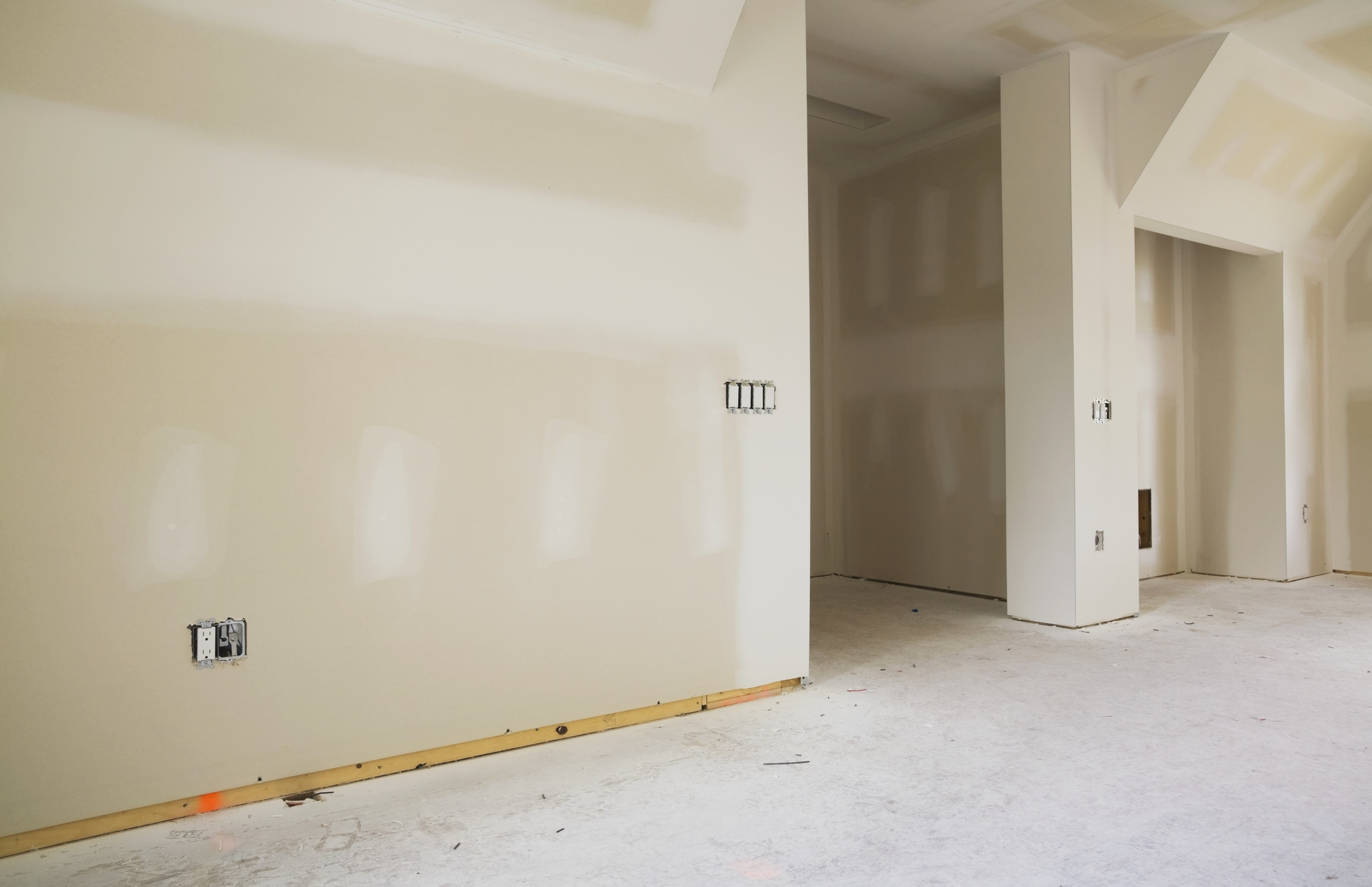

You need a home office and the basement is the only available space. Or, maybe you just want room for the kids to roam. If funds are tight and you can’t put a lot of money into a basement remodel, there are ways to make extra space for your family without breaking bank.
- See also: Basement remodeling costs: How much it costs to remodel a basement, plus tips for setting a budget and saving money
Finishing your basement on a budget: Start off on the right foot
If you're looking for ways to finish your basement on a budget, you may be tempted to do the entire project yourself from start-to-finish, perhaps cutting what corners you can along the way. But, if you don't know what you're getting yourself into, and what's allowed by building codes in your area, you could end up costing yourself tens of thousands of dollars more in the long run. Indeed, the most important step in saving money on your basement remodel is to make sure you're spending it wisely.
Before you sink money into a basement conversion of any kind, check with your local building official to find out what is and isn’t allowed in your area. The building official will let you know if your plans fall within the scope of residential building code and zoning ordinances, and advise you on the permits needed before beginning work.
You (or a professional) also need to take care of possible remedial work that needs doing. This could include:
- Cleaning the space
- Removing and treating for mold and mildew
- Waterproofing
- Installing or adding a back-up sump pump
- Installing a dehumidifier
If you're unsure of whether or not your space is properly waterproofed or needs mold or mildew treatment, it's always best to seek the advice of a pro. Once everything is clean and dry, you can be assured the work you put into your project will be worth it, and that you won't have to redo any of the work down the the line.
Factors that will impact the cost of a finished basement
According to the digital home marketplace HomeAdvisor, the average cost for a basement remodel is $18,395. But the range is as low as $2,800. So, there are low-cost ways to create that extra living space you desire. No matter what your budget, the leading factors in pricing a basement remodel include:
Waterproofing—HomeAdvisor says waterproofing is the single most expensive portion of a basement remodel, costing on average about $4,500. Keeping your space dry is not where you want to skimp on the budget. Waterproofing could entail improving drainage outside the home or around the foundation, sealing interior cinderblock, and repairing guttering. Consult with a professional on this step.
Materials—Second to the cost of waterproofing, the cost of materials is the next factor in your budget. This includes things like your flooring, drywall, and lighting. Fortunately, it’s also the biggest place you can save money.
Labor and Design—What you include in the design of your finished basement layout will affect the overall cost. Adding a kitchen or bathroom is always costly, according to Jimmy Dollman, principal of Dollman Construction in Roanoke, Virginia, whether in the basement or an upper story. Also, residential building code requires bedrooms to have a point of egress (i.e., an exit other than the door). If your basement has small windows, or none at all, including bedrooms into your design will require you add ones of acceptable size.
HomeAdvisor quotes the labor cost for a basement remodel at about 10-25 percent of the total budget. Alan Archuleta, president of Archuleta Builders in Morristown, New Jersey thinks that’s on the low side because it’s more labor-intensive to get the materials into the basement than on the main floor. But there are ways to save on labor, too, which we'll get to.
- See also: 16 basement storage ideas to make the most of unused space
Where to save money on your basement remodel
In addition to keeping your design pared down, there are a host of other ways to finish a basement cheaply. Dollman advises homeowners who want to shop for their own materials to make sure everything is rated for below-grade use, particularly the flooring. Once you have that assurance, the sky’s the limit as far as options go. Here are a few suggestions.
How to save on basement flooring
Finished basement flooring should be durable and water-resistant. Fortunately, there are plenty of options that tick both boxes and are very affordable, too.
Choose carpet over tile—Most homeowners are cautious about installing carpet in a basement because of the moisture. Who wants damp or musty flooring, right? But if you’ve done your waterproofing job, carpet will do more than make your basement conversion warm and comfortable. It will save you money. Archuleta recommends DriCore subflooring for basement remodels. DriCore is a snap-together panel that creates a space between the wood and the concrete slab for moisture to evaporate. It not only keeps the moisture away from your carpet, it makes the floor softer, too.
Paint the floors—No money for any type of flooring? Paint it. Make sure to prep the surface, choose primer and paint specific for concrete, and seal the surface to reduce wear and tear. Once it’s done, cover with area rugs.
Install foam mats—For play areas or home gyms, install interlocking foam mats. Locked together like pieces of a jigsaw puzzle, these mats soften the area and come in a variety of colors.
Use vinyl—There are tons of options for vinyl flooring these days, and on the low end, it can be found for under $1 per square foot. It's also waterproof, so a good choice if dampness is a concern.
Ways to save on finished basement walls
Typically, finishing a basement means adding insulation and drywall over the existing cinderblock or concrete walls. If you plan to spend a lot of time in your finished basement, for example, if it'll be a home office you work in daily, an in-law suite, or a guest bedroom, you'll want to use some form of insulation and paneling or drywall.
Additionally, if you live in a climate where temperatures reach extremes--either frigid in winter or sweltering in summer, perhaps both--the investment you make in insulating your basement can easily be recouped in the money you'll save on heating and cooling costs.
If you're wondering if paneling or drywall is the cheaper finishing option, generally speaking, drywall is cheaper than paneling. This is because it requires less attention to detail and finish work during the installation process. Drywall also adds better soundproofing than paneling, and it's easier to repair.
If you're planning to use your basement on a more occasional basis, like as a home gym or a spot for your kids to blow off extra energy once in a while, you can also look into less costly (but less permanent) wall options, like:
Paint—If your basement walls are waterproof and in good shape, there’s no need to cover them with drywall or paneling when you can paint them. As with the floor, consult with a painting professional for the right type of preparation and paint products for the surface.
Hang curtains—To warm up the space visually, or create some privacy without construction, hang curtains to divide up the space and soften the feel. Hang the curtains from a track installed across the ceiling. Or, stretch wire taut from one side to the other and hang the fabric using clip-on hooks.
Ways to save on a basement ceiling
Your basement ceiling is probably your biggest chance to save money. If you want a loft-like look, and it's in good shape, you can literally leave it as is. Or, to give it a low-cost upgrade:
Paint again—Leaving your ceiling exposed gives your space height and dimension. Paint the floor joists and subflooring to the floor above a soft white to help reflect any natural lighting.
Create a canopy—Add softness and a bit of romance to your basement with a soft, fabric ceiling. Staple white sheets to the floor joists letting them drape down between, creating a billowy effect. For a whimsical feel, use multi-colored parachutes, upside-down parasols, or shade sails.
Ways to save on cabinetry
Installing a kitchen or bathroom in your basement? Cabinetry can get pricey, but there are ways to keep costs down. Try:
Stock cabinetry over custom cabinets—According to HomeAdvisor, the average cost of cabinets runs from $100 to $1,200 per linear foot, depending on which type of cabinet you choose. That’s a wide margin for savings. Stock cabinets are less expensive because they’re manufactured in large quantities, with few options, always to industry-standard sizes. Custom cabinets are made-to-order. For the least expensive options, try your local big box store like Lowe's or Home Depot.
Cabinet alternatives—Rather than the traditional cabinets, consider stacked crates, open shelving, or cube shelf/container options.
Solid surface countertops over granite—HomeAdvisor prices a solid surface countertop at $20-75 per square foot and granite at as much as $140. However, quartz is becoming more popular as a natural option and is also cheaper than granite at $15-70 per square foot. Want to make your own? Consider wood or concrete.
Don’t remodel the whole space
Maybe, you just want a home office or a sewing room. If that’s the case, there’s no need to finish off the entire 2,000 square feet. Building the walls, adding a door, flooring, and ceiling for a single room is a much more affordable option.
But, if you want to create a separate apartment in your basement and don’t have enough funds to complete the project, find a contractor who’ll do it in phases. You could have the tear out, waterproofing, and code requirements done first. When you have more funds, they could come back to do the wiring, plumbing, and interior walls. And the next phase could include the finishing work.
Do it yourself
Professional contractors caution homeowners when it comes to DIY-ing their basement remodel. Particularly Dollman. He’s gotten calls from homeowners who’ve torn out load-bearing walls and done great damage to their homes. “You definitely have to know the limits of your DIY skills,” agrees Archuleta.
If you are handy with a hammer or paintbrush, ask your contractor what you can do to save labor cost. Safe jobs for the homeowner include things like:
- Painting
- Hanging shelves
- Installing floor tiles
- Hanging doors and knobs
- Installing light fixtures
- Caulking
If you’re planning to sell your home, Archuleta cautions handy homeowners to consider the ROI. “You want the work to feel like the rest of the house, which involves doing it right,” he says. “You don’t want a prospective buyer to walk down there and say it needs to be redone.”
Join our newsletter
Get small space home decor ideas, celeb inspiration, DIY tips and more, straight to your inbox!
Carol J. Alexander writes website copy, blog posts, and feature articles on home remodeling and construction topics from her home in the Shenandoah Valley of Virginia. In addition to Real Homes, notable clients include, This Old House, Family Handyman, and Florida Roofing magazine.
-
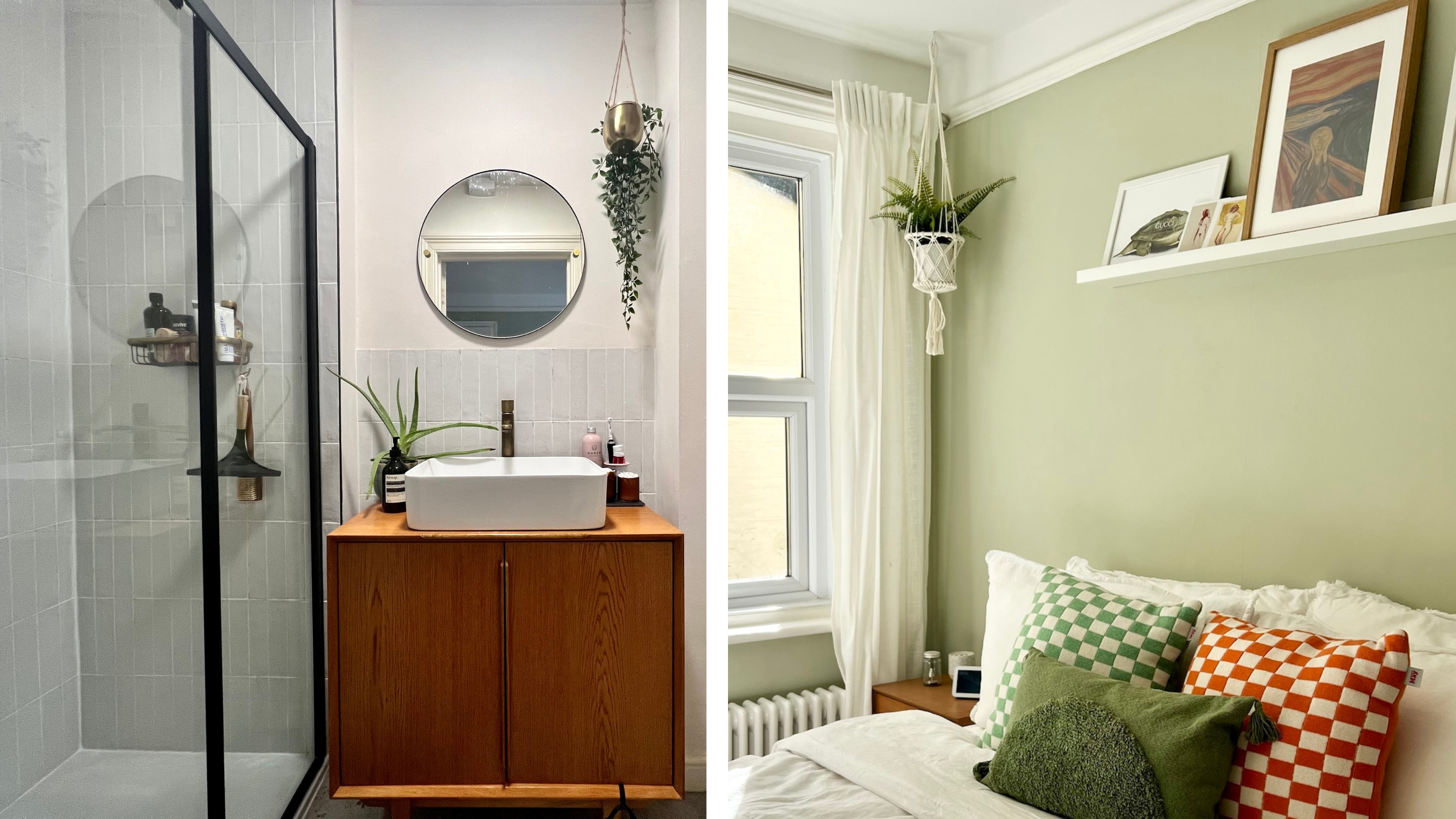 My first apartment makeover: 5 renovation mistakes I learned the hard way, and how you can avoid them
My first apartment makeover: 5 renovation mistakes I learned the hard way, and how you can avoid themThese are 5 things to avoid in your apartment makeover. Trust me, I learned these the hard way during my first renovation project
By Luisa Rossi
-
 Share your small space glow up to win $150 in the Real Homes competition
Share your small space glow up to win $150 in the Real Homes competitionShow off your creativity and DIY skills to win $150 and for the chance to be featured exclusively in Real Homes magazine
By Camille Dubuis-Welch
-
 My DIY range hood and backsplash build gave my kitchen the perfect farmhouse finish
My DIY range hood and backsplash build gave my kitchen the perfect farmhouse finishI craved charm in my kitchen space and adding a custom range hood and shelving was the best move.
By Brooke Waite
-
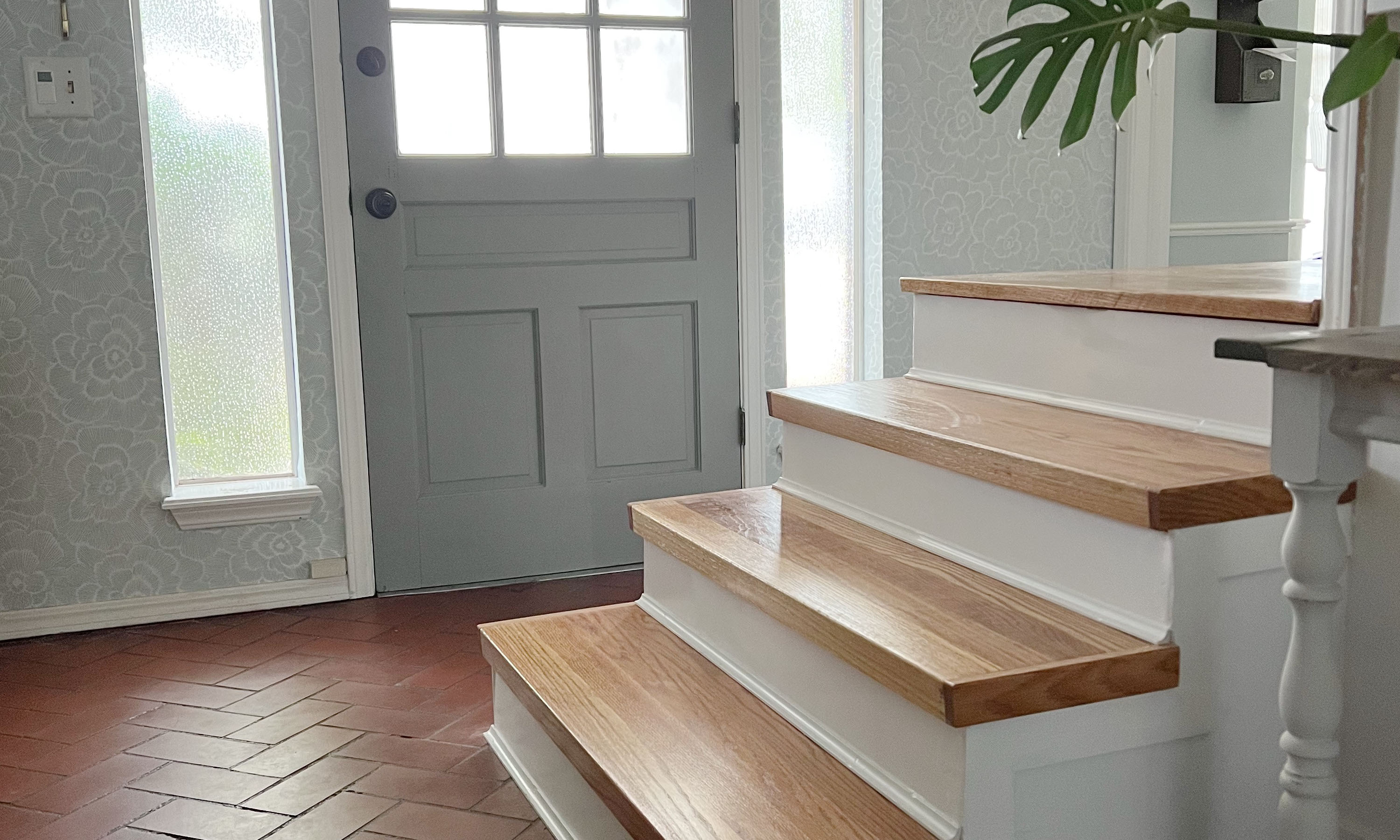 How to convert carpeted stairs to wood treads: a 5-step DIY
How to convert carpeted stairs to wood treads: a 5-step DIYConvert old worn-out carpeted stairs to wood treads DIY for a beautiful finish that will last for years to come. Plus, this stair riser project will cost a fraction of the price to pay a pro!
By Dori Turner
-
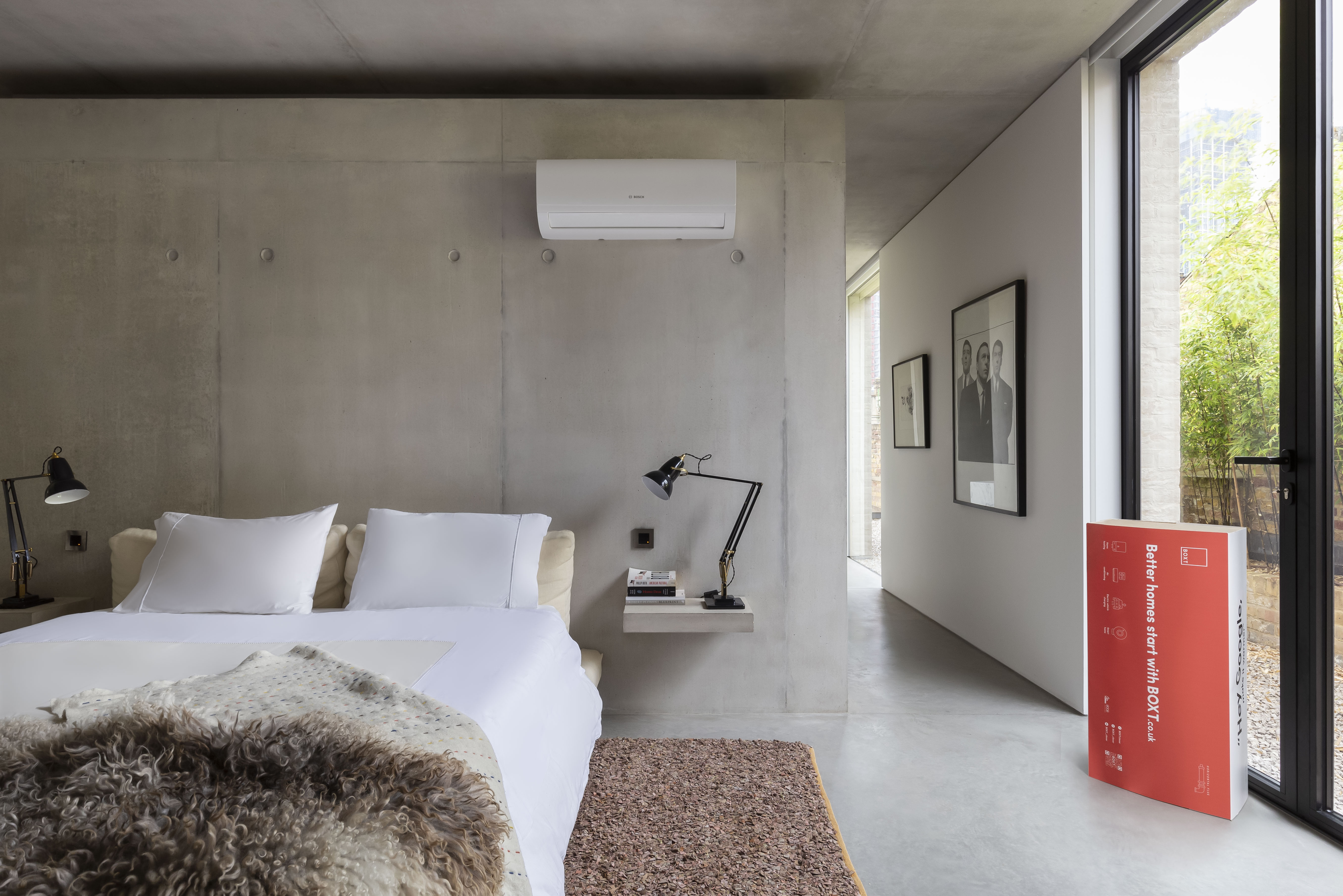 AC not working? Here are 8 things to check ASAP according to industry experts
AC not working? Here are 8 things to check ASAP according to industry expertsYour AC may not be working because the filter is clogged or you've got a tripped circuit breaker. Whatever the issue, getting to the root of the problem will lead to quicker solutions
By Camille Dubuis-Welch
-
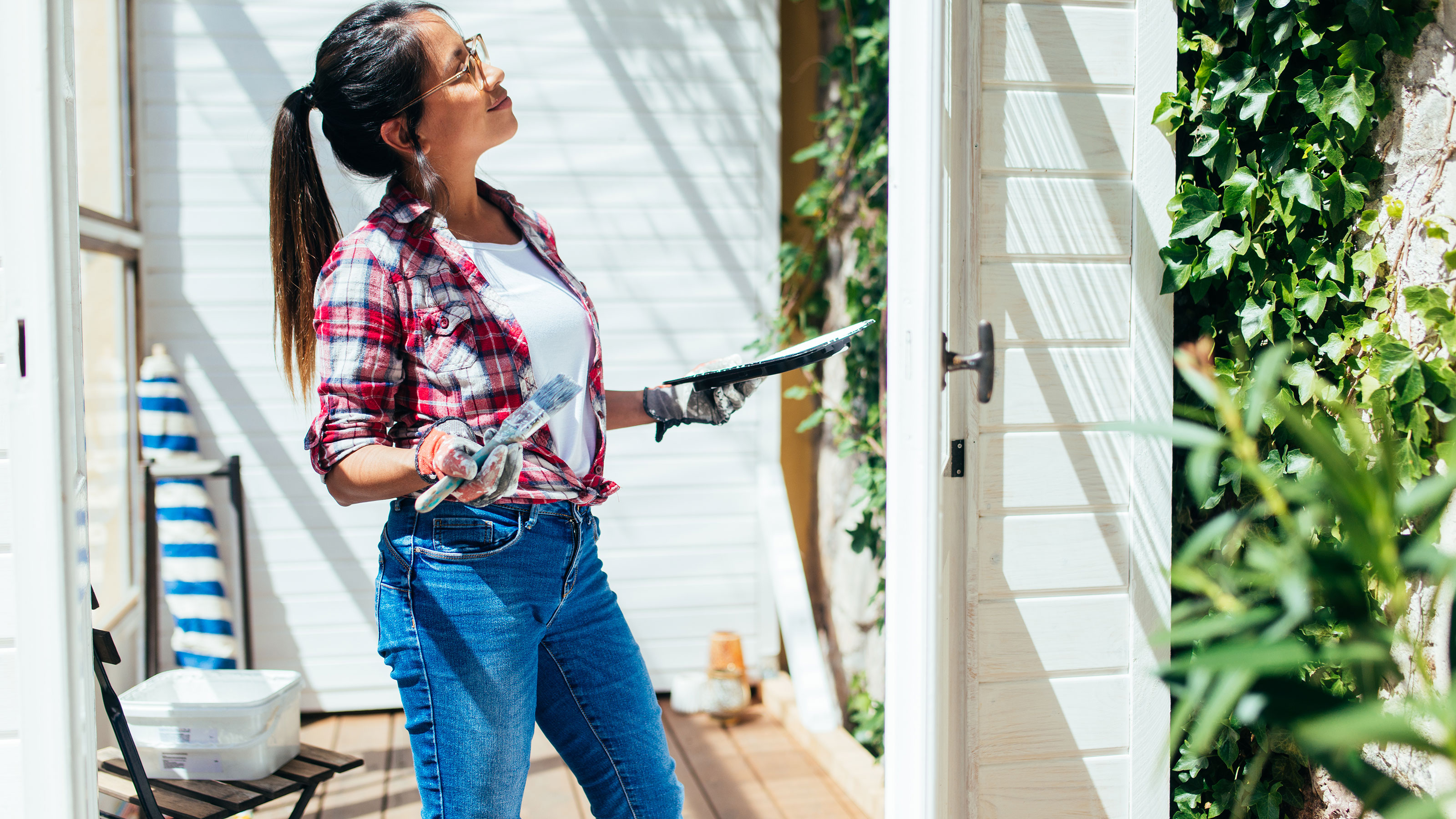 3 DIYs you should NOT do in a heatwave
3 DIYs you should NOT do in a heatwaveYou shouldn't clean windows on a hot day, you just shouldn't
By Camille Dubuis-Welch
-
 HGTV home renovator shares the most essential home repair you can do
HGTV home renovator shares the most essential home repair you can doHGTV's hottest renovator Carmine Sabatella debunks why this basic home maintenance job should not be forgotten
By Camille Dubuis-Welch
-
 15 telltale signs you're dealing with a cowboy builder and how to avoid them
15 telltale signs you're dealing with a cowboy builder and how to avoid themA cowboy builder is easy to spot, when you know the telltale signs. Here's how to avoid one so you don't end up out of pocket with a poor or even unfinished home reno job
By Lucy Searle